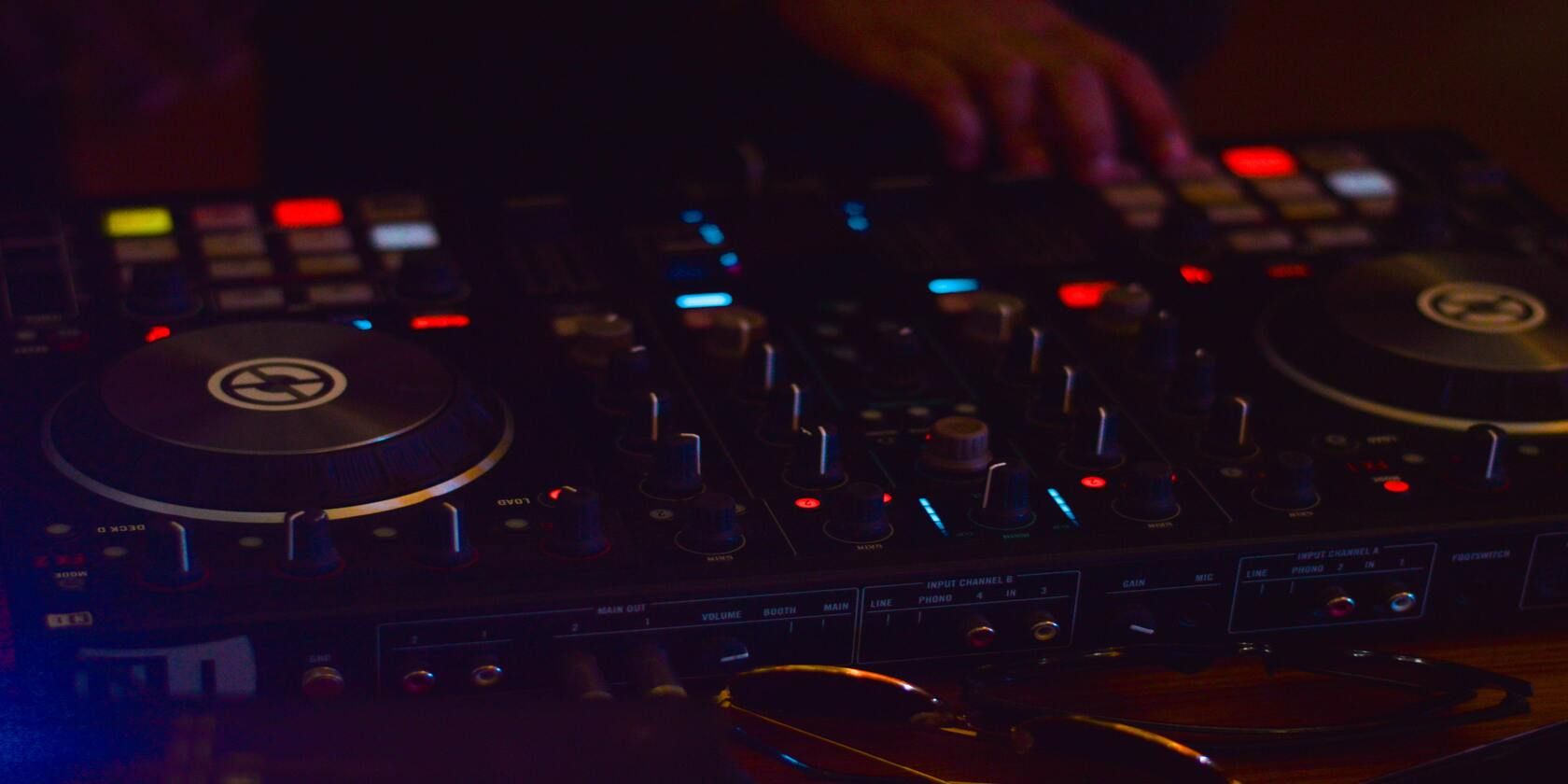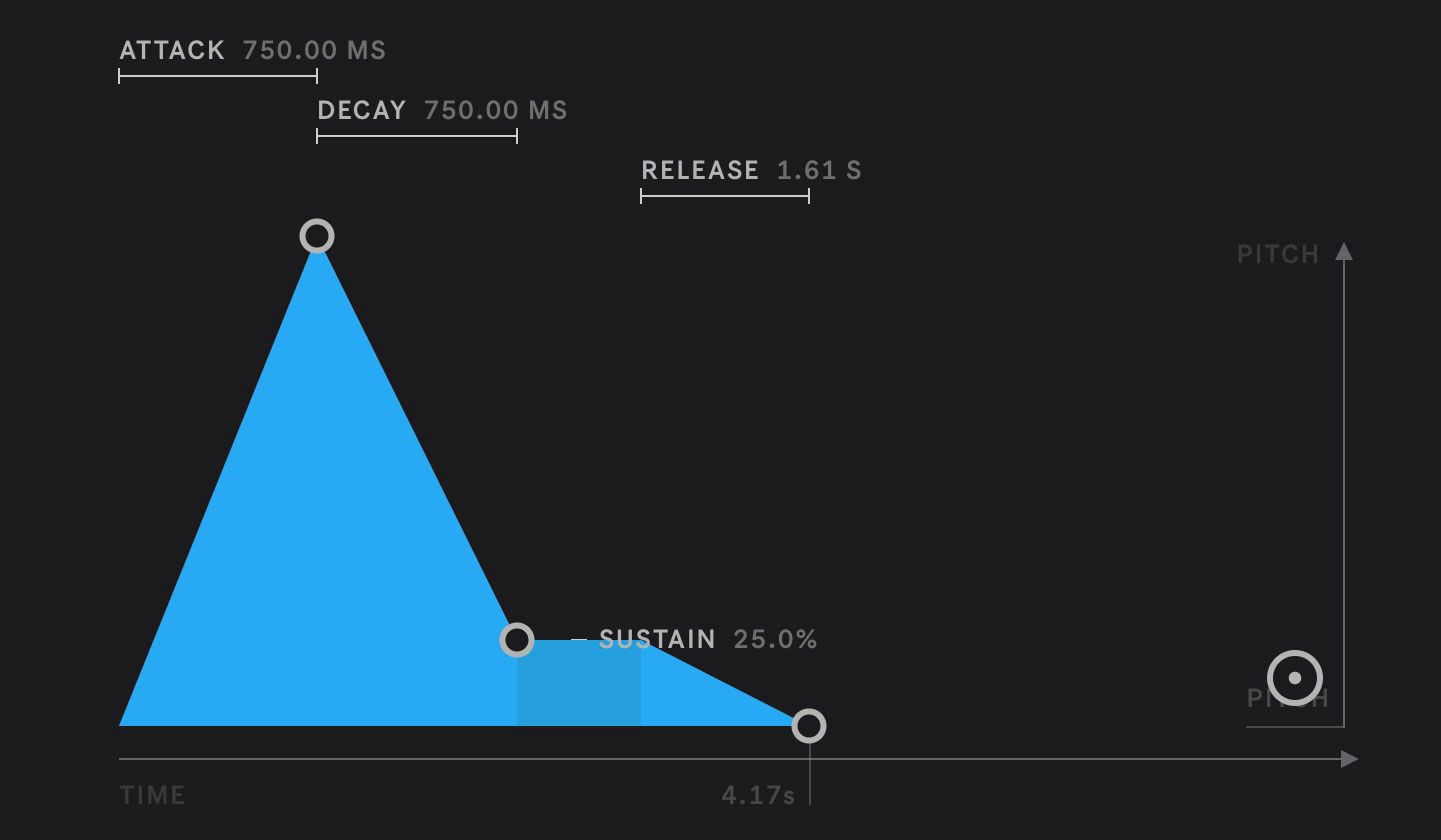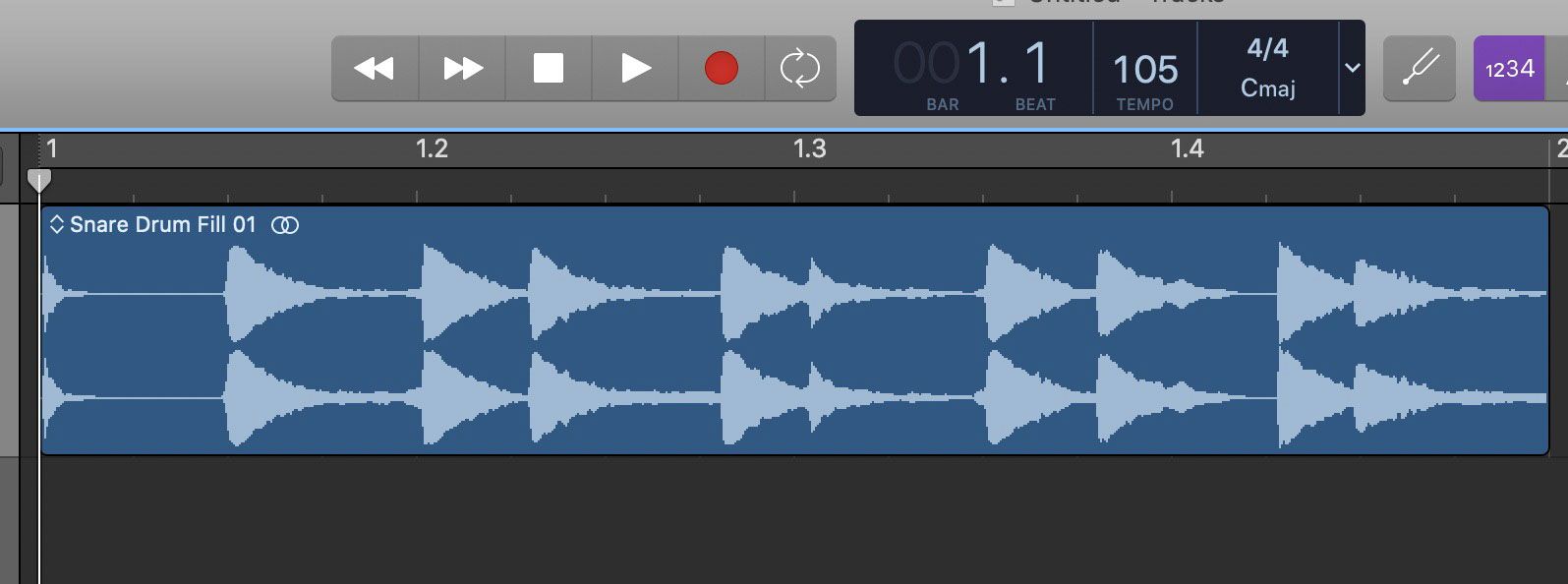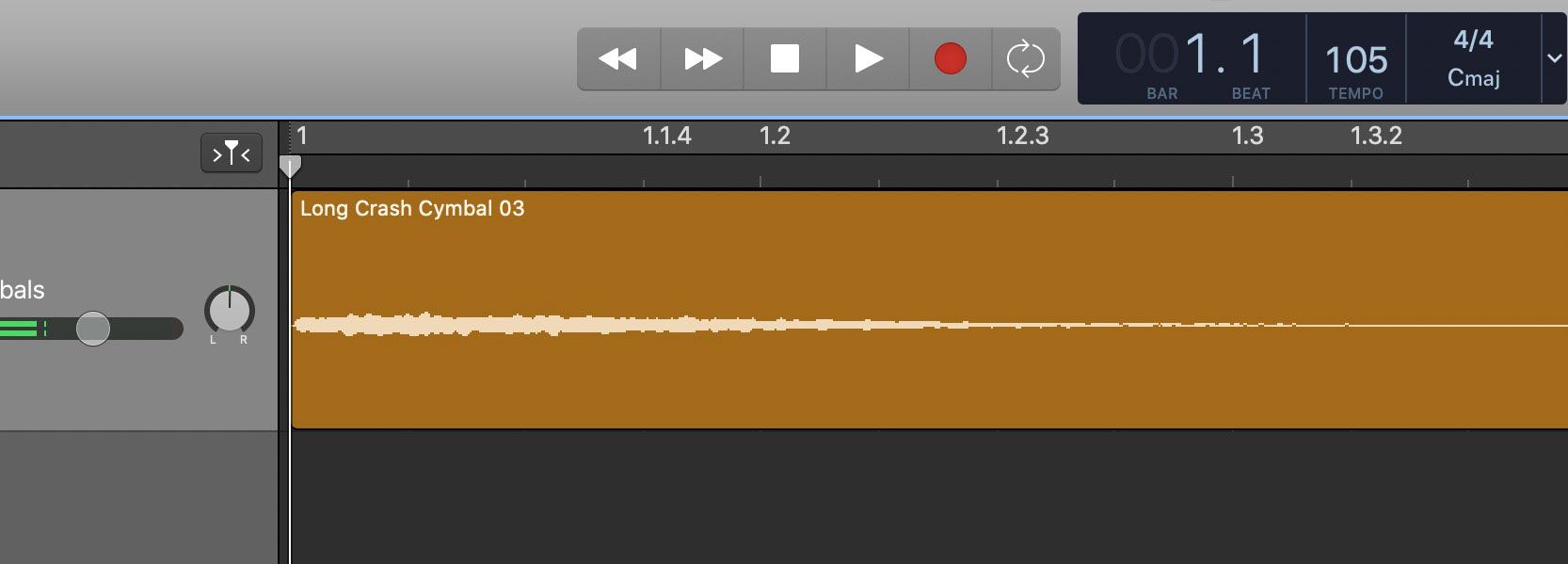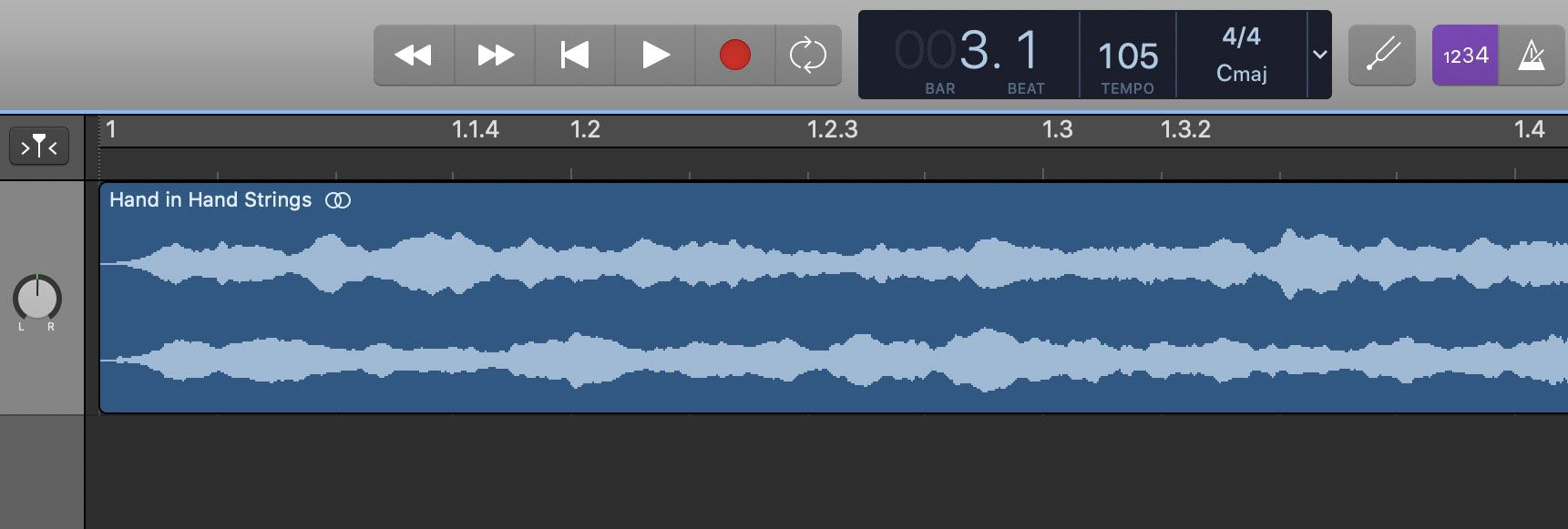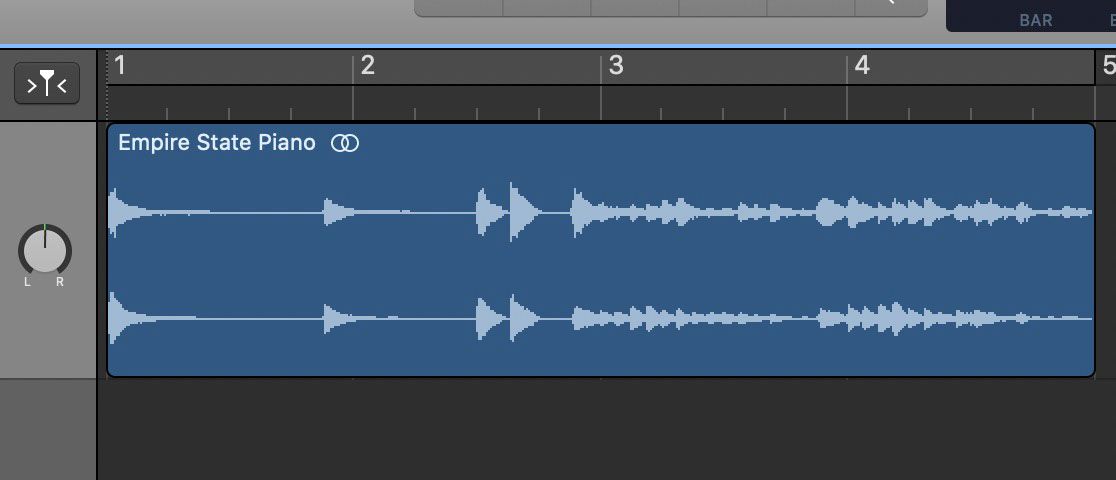If you're a beginner music producer, musician, or just starting out as a DJ, chances are you've heard of envelope, or the acronym ADSR, before. And while you're probably already using it, understanding its function can make a world of difference between a good song and a great one, so keep on reading for ADSR explained.
What Is Envelope in Music, and Why Is It Important?
In simple terms, envelope in music refers to the way the amplitude (sound) gets louder and softer over time. This variation is due to ADSR—the four stages of modulation in envelope. ADSR stands for Attack, Decay, Sustain, and Release, and it affects everything from the rhythm to the genre of a song.
Envelope is not just about the loudness of a song, although that is a key feature. Envelope is really what gives a song its personality, and if you're making music, you'll need to know what it does so that you can modify the components within the different sounds.
Attack
The attack is how long it takes for the sound to reach full amplitude from the point of generation. Most sounds in general have a short attack time, which means the sound reaches its full volume quickly. Examples of instruments with a short attack time are guitars and drums.
Take a look at the sound wave below of a snare drum, and observe how quickly it reaches full amplitude from the second the sound is produced.
Other sounds, like bowed instruments, take a much longer time to reach full amplitude, so the appearance of the attack sound wave will increase more gradually instead of instantly. If you want to find the attack, just look at where the shape starts and how quickly it reaches its peak.
Decay
Decay is another way to describe how short or long it takes for the amplitude to drop to sustain after the attack has passed. Certain sounds have a short decay, while others are a lot longer.
Instruments that typically have longer decays are cymbals, which are often used in drum kits. You can see how long it takes for the shape to decrease from the initial attack.
Find the decay by looking directly after the peak attack. In this example, the attack is instantaneous, so the decay starts mere milliseconds in.
A fantastic way to learn about ADSR while putting it into action is through Ableton's Learning Synths, which is a free, online DAW that allows you to adjust various synth components, including envelope. If you want to learn more, see our breakdown of the synth components in Ableton's Learning Synths Playground.
Sustain
Sustain refers to the point at which the sound maintains the amplitude; once the volume stabilizes after the decay, you can be sure that you are hearing the sustain.
Some sounds have a naturally long sustain and will always hold their volume for an extended period unless specifically played staccato. Typically, if a sound has a long attack, the sustain will be long too.
Bow instruments are a great example of sounds with long sustain; take a look at the sound wave of them below. What's interesting is that the piece goes from one note to the next without stopping, and because of the sustain, a beautiful ebb and flow wave pattern is created.
If you want to identify the sustain, try to determine where the sound begins to stabilize. This might be difficult if the sound has notes playing in succession, but have a look for a steady flow.
Release
Release is what happens when the sound goes from sustain into silence; it indicates that the sound or note is no longer being held, that it has literally been released. You can see that the sound has become silent because the wave becomes a flat line.
Want to try out producing your own music? Here are the best free music production software for beginners.
Putting Envelope to Use
Now that you understand envelope and ADSR, why not try creating something with it in mind? There is plenty of software that you can use for musical equipment, on your smartphone, or simply in your browser.

